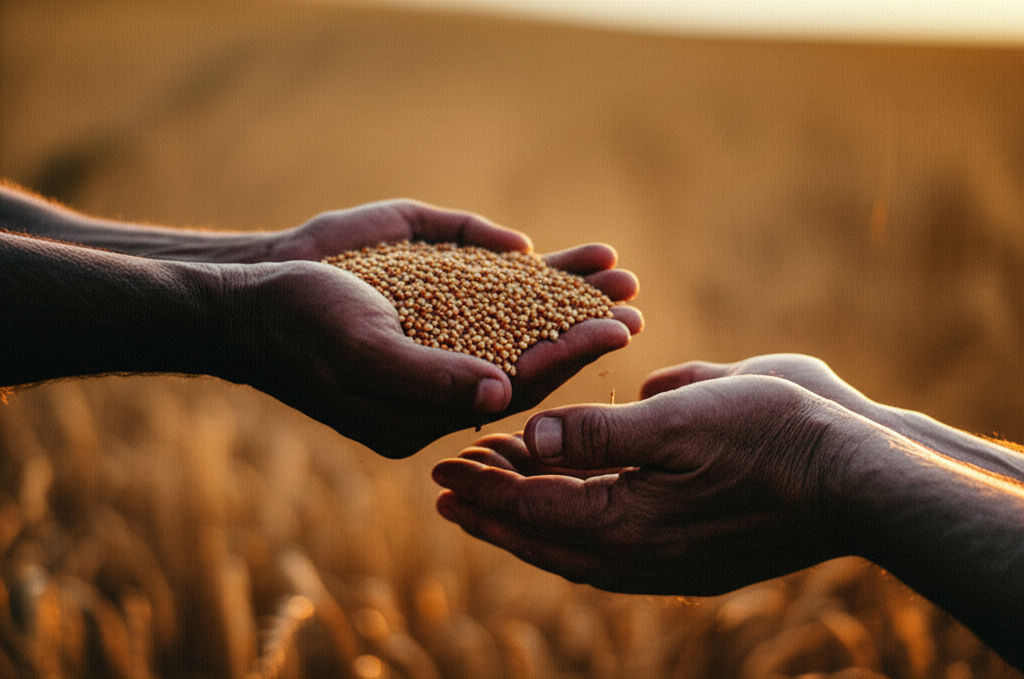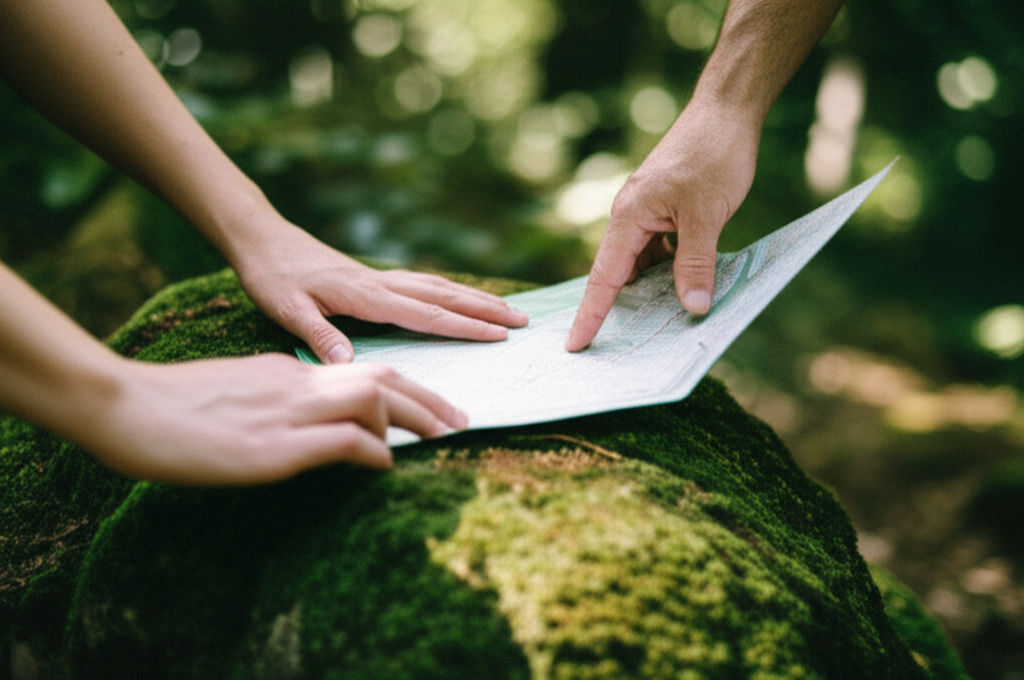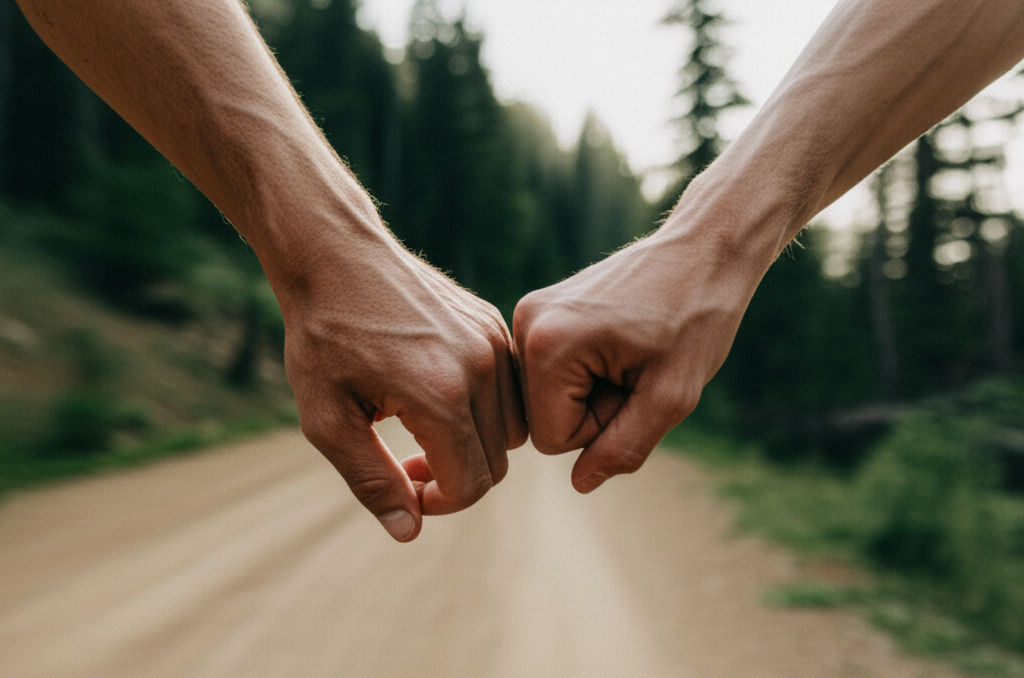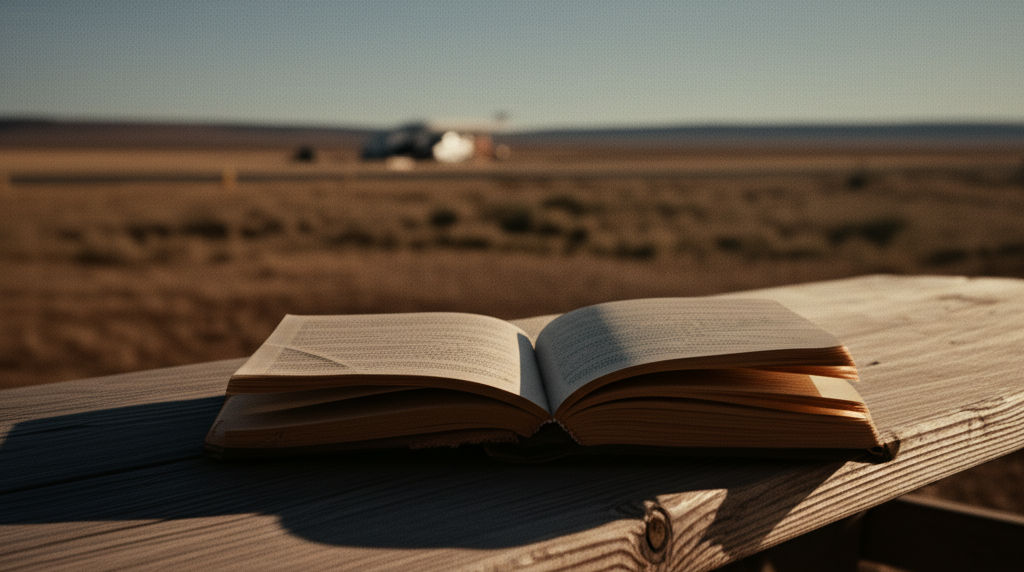Define a Traditional Economy Simply
Ikhsan Rizki

Photo: Unpack the traditional economy: an ancient system guided by custom & community, focused on survival. Learn its basics & modern relevance.
Define a Traditional Economy Simply: Unpacking This Ancient Economic System
Have you ever wondered how societies managed their needs before money, markets, and factories dominated the world? In our complex global economy, terms like "stock market" and "GDP" are commonplace, but there's a foundational economic system that still exists in various forms today: the traditional economy. Understanding it can seem daunting, but define a traditional economy simply and you'll uncover a fascinating, community-driven approach to survival and prosperity.
This article will cut through the jargon to give you a clear, concise understanding of what a traditional economy is, how it operates, and why it's still relevant in the 21st century. By the end, you'll have a solid grasp of this fundamental economic concept.
What is a Traditional Economy? The Basics Explained
At its core, a traditional economy is an economic system where the production, distribution, and consumption of goods and services are based on customs, traditions, and beliefs that have been passed down through generations. Think of it as an economy rooted in the past, where "how things have always been done" dictates economic activity.
In such a system, decisions about what to produce, how to produce it, and for whom are not made by central governments or market forces, but by long-standing practices. It's often found in rural, agricultural, or indigenous communities where survival is closely tied to the land and its resources.
Key Characteristics of a Traditional Economic System
To truly define a traditional economy simply, let's break down its most prominent features:
- Subsistence-Oriented Production: The primary goal isn't profit or surplus, but meeting basic needs. People produce what they need to survive: food, shelter, and clothing. Farming, hunting, and gathering are common activities.
- Bartering and Trade: Money is often absent or plays a very limited role. Goods and services are exchanged directly for other goods and services through bartering. For example, a farmer might trade corn for a hunter's furs.
- Custom and Tradition as Guides: Economic roles and methods are determined by inherited customs, rituals, and family lineage. If your ancestors were fishers, chances are you will be too. This provides stability and predictability.
- Limited Technology and Innovation: Change is slow, and new technologies are often resisted. Production methods tend to be rudimentary and labor-intensive, relying on traditional tools and techniques.
- Strong Community Focus: The community's well-being often takes precedence over individual gain. Resources are often shared, and there's a strong sense of collective responsibility. Decisions are made for the group.
- Minimal Specialization: While some division of labor exists (e.g., men hunt, women gather), extensive specialization is rare. Individuals often perform multiple roles necessary for the community's survival.
Where Do Traditional Economies Exist Today?
While less common in their pure form, elements of traditional economies can still be observed around the globe. When we define a traditional economy simply, it's important to note that pure examples are rare, as most societies have adopted some aspects of market or command economies.
However, you can find strong traditional economic influences in:
- Remote Indigenous Communities: Many tribal societies in parts of the Amazon, Africa, and Oceania continue to rely on ancestral lands, hunting, gathering, and traditional farming methods, with economic decisions guided by elders and long-held customs.
- Subsistence Farming Villages: In various developing countries, particularly in rural areas, communities often produce just enough food for their own consumption, with very little surplus for trade in a larger market. Their daily lives and economic activities are dictated by the seasons and traditional agricultural practices.
- Parts of the Arctic (Inuit Communities): Historically, and to some extent still today, Inuit communities rely on traditional hunting and fishing practices, with knowledge and skills passed down through generations, forming the basis of their economic activities.
These examples highlight how traditional practices continue to shape economic life for millions, even in an increasingly globalized world.
Advantages and Disadvantages of a Traditional Economy
Every economic system has its strengths and weaknesses. When we define a traditional economy simply, it's crucial to look at both sides of the coin.
The Upsides: Why Tradition Can Be Good
- Stability and Predictability: Because decisions are based on long-standing customs, there's little uncertainty about what to produce or how. Everyone knows their role, leading to a stable social structure.
- Strong Community Bonds: The emphasis on collective well-being fosters strong social ties and cooperation. Resources are often shared, and there's a deep sense of belonging and mutual support.
- Environmental Sustainability: Traditional economies often have a low environmental impact. Production methods are typically simple and resource-efficient, and there's a natural respect for the land and its ability to provide.
- Cultural Preservation: These economies naturally preserve cultural heritage, skills, and knowledge that have been refined over centuries.
The Downsides: Challenges of Tradition
- Limited Growth and Innovation: Resistance to change and new technologies can hinder economic development and prevent improvements in living standards. There's little incentive for innovation.
- Vulnerability to External Factors: Traditional economies are highly dependent on natural resources and favorable environmental conditions. A bad harvest, natural disaster, or depletion of resources can be catastrophic.
- Lower Standard of Living: Compared to more developed economies, traditional systems often result in a lower material standard of living due to limited production and lack of access to diverse goods and services.
- Lack of Choice and Mobility: Individuals have little say in their economic roles, which are often predetermined by birth or tradition. This limits personal freedom and the ability to pursue different opportunities.
How Does a Traditional Economy Differ from Other Economic Systems?
To truly grasp what it means to define a traditional economy simply, it helps to briefly compare it to the other major economic systems:
- Market Economy (Capitalism): Decisions are made by individuals and businesses based on supply and demand, with minimal government intervention. Think free markets, competition, and profit motive.
- Command Economy (Communism/Socialism): The government makes all economic decisions, controlling production, distribution, and prices. Central planning is key.
- Mixed Economy: This is the most common system today, blending elements of market and command economies. Governments intervene in varying degrees to regulate markets, provide public services, and ensure social welfare.
Unlike these systems, where decisions are driven by profit, government decree, or a blend of both, the traditional economy is fundamentally driven by history, culture, and the necessity of survival within a community.
Conclusion: The Enduring Legacy of Tradition
We've explored how to define a traditional economy simply, revealing it as an economic system deeply rooted in custom, tradition, and community. While it offers stability, strong social bonds, and a connection to the past, it also presents challenges in terms of growth, innovation, and vulnerability.
Understanding traditional economies isn't just an academic exercise; it helps us appreciate the diverse ways societies organize themselves to meet their needs. It reminds us that economic progress isn't always about the newest technology or the biggest market, but sometimes about enduring practices that have sustained communities for millennia.
What aspects of a traditional economy do you find most interesting or surprising? Share your thoughts in the comments below!
Frequently Asked Questions (FAQ)
Is a traditional economy good or bad?
A traditional economy is neither inherently good nor bad; it has distinct advantages and disadvantages. It offers stability, strong community ties, and cultural preservation but often lacks innovation, economic growth, and can be vulnerable to external shocks. Its suitability depends on the specific goals and values of a society.
What is the main goal of a traditional economy?
The main goal of a traditional economy is typically subsistence and survival, ensuring the community's basic needs for food, shelter, and clothing are met. It prioritizes the continuation of established ways of life and the well-being of the collective over individual profit or large-scale accumulation of wealth.
Can a traditional economy evolve?
Yes, traditional economies can and do evolve, though often at a much slower pace than market or command economies. External influences, environmental changes, or the introduction of new technologies can gradually lead to adaptations. However, the core reliance on custom and tradition tends to persist, making radical shifts less common.
Are all traditional economies the same?
No, while they share core characteristics, not all traditional economies are exactly the same. They vary based on their specific cultural practices, available resources, geographic location, and historical context. For example, a traditional fishing community will operate differently from a traditional agricultural community, though both are guided by custom.
Business
View All
November 19, 2025
Why Deloitte Is Laying Off ConsultantsUnderstand why Deloitte is laying off consultants. Economic headwinds, post-pandemic overhiring, and shifting client needs are key factors.
Ikhsan Rizki

August 11, 2025
Review of HON Office FurnitureChoosing office furniture? Our HON review covers reliability, affordability, and who it's best for, helping you pick the right fit for your workspace.
Ikhsan Rizki

August 31, 2025
Best Ways to Find Costco Coupons in 2025Unlock maximum Costco savings in 2025! Discover how to find Instant Savings, use the app, and get email deals for ultimate discounts.
Ikhsan Rizki

November 5, 2025
Virginia Business Search Made EasyUnlock Virginia business info effortlessly! Our guide simplifies SCC searches for name availability, due diligence, and company details. Get reliable results.
Ikhsan Rizki

August 14, 2025
Business Lessons from Busy SpiderUnravel the secrets of success! Discover how a spider's strategic web design, persistence, and efficiency can transform your business.
Ikhsan Rizki

September 10, 2025
How to Style a Risky Business OutfitElevate your office style! Master the "risky business outfit," balancing professionalism with a confident, fashion-forward edge.
Ikhsan Rizki
Economy
View AllUnpack "full employment" beyond zero unemployment. Discover its true meaning, impact on the economy, and how it shapes policy. Master key economic concepts.
Ikhsan Rizki
Decatur, GA on a budget? Learn strategies to find an affordable, quality hotel stay. Enjoy your trip without sacrificing comfort or location!
Ikhsan Rizki
Find comfortable, clean, and affordable economy lodges for your next trip. Our guide helps you discover budget-friendly stays near you!
Ikhsan Rizki
Unlock motivation with the power of token economies! Learn the psychology behind this system to drive positive behavior and achieve goals.
Ikhsan Rizki
Upgrade your long-haul flight! Discover ITA Airways Premium Economy: enhanced comfort, more space, and amenities without the business class price tag. Is it for...
Ikhsan Rizki
Is Singapore Airlines Economy a cut above? Uncover its premium comfort, world-class entertainment, and renowned service in this guide.
Ikhsan Rizki
Education
View AllMaster "Physical Education" in Spanish! This guide covers "Educación Física," "EF," and regional variations like "Gimnasia." Speak confidently!
Read MoreDiscover special education teacher salaries! Learn national averages, key influencing factors, and strategies to boost your income in this rewarding career.
Read MoreUncover the UGA Marine Center in Savannah, GA. Dive into groundbreaking marine research, education, and conservation protecting Georgia's coast.
Read MoreEmpower your child's special education journey. An IEE offers an unbiased second opinion to ensure their needs are truly met.
Read MoreShape the future of education! Explore Director of Education jobs, key responsibilities, and career paths for experienced leaders.
Read MoreUnpack why Democratic AGs are suing the Education Dept. Learn the key issues, from student loans to policy, and their impact on American education.
Read MoreHealth
View All
September 24, 2025
Pueblo Community Health ServicesDiscover Pueblo Community Health Services (PCHS): accessible, comprehensive medical, dental, & behavioral health for all in Pueblo. Your guide to quality care.
Ikhsan Rizki

August 24, 2025
LifeStance Health Reviews TodayConsidering LifeStance Health? Get real patient insights. Explore services, reviews, and tips to decide if this mental health platform is right for you.
Ikhsan Rizki

November 6, 2025
Ponce Health Sciences University InfoPonce Health Sciences University (PHSU): A distinguished choice for health education, offering diverse programs, cutting-edge research & community focus.
Ikhsan Rizki

November 29, 2025
San Jose Behavioral ServicesSan Jose behavioral services: Your guide to mental wellness in Silicon Valley. Find local support & thrive amidst life's pressures.
Ikhsan Rizki

October 26, 2025
Follow My Health Northwell Login TipsGet seamless access to your Follow My Health Northwell patient portal. Our guide offers tips to resolve login issues and manage your health records with ease.
Ikhsan Rizki

August 24, 2025
Top 25 Health Science Jobs for 2025Unlock your future! Discover the top 25 in-demand health science jobs for 2025. Find a fulfilling and stable career in healthcare.
Ikhsan Rizki
Popular Articles
View All
1
2
3
4
5
6
7
8
9
10
Lifestyle
View All
November 2, 2025
What is HM Lifestyle on your credit card
Mysterious "HM Lifestyle" charge on your card? Unravel what it means, from H&M purchases to potential fraud, and how to investigate.

September 18, 2025
Life With a Five Million Dollar Net Worth
Ever wonder what life with $5M net worth is *really* like? Uncover the true realities, responsibilities, and financial freedom beyond the luxury.

November 24, 2025
Inside Red Monkey Lifestyle Brand
Red Monkey Lifestyle Brand: Authentic rock & roll style handcrafted in America. Unique, vintage-inspired accessories for those who stand out.

October 1, 2025
The Passage Hotel Is a Must Stay
The Passage Hotel Basel: Your must-stay destination for luxury, comfort, and an unbeatable city center location. Unforgettable travel awaits!

August 13, 2025
Manchester Adult Lifestyle Overview
Unlock your best life in Manchester! This guide covers top neighborhoods, career insights, leisure, and community to help you thrive in this vibrant city.

October 8, 2025
Bose Model 5 Music System
Explore the Bose Model 5 Music System. Get immersive, room-filling sound from a sleek, compact home audio solution. Rediscover your music!

November 8, 2025
Inside the world of Lifestyle Inc
Explore "Lifestyle Inc," the vast ecosystem shaping modern life. Understand its influence, make mindful choices, and take control of your well-being.

November 18, 2025
Are Lifestyles Prices Worth It
Are your lifestyle choices worth the cost? Decode "lifestyle prices" to ensure you're getting true value from your spending.
Sports





Travel
View All
October 31, 2025
Tex Best Travel Center Roadside Stop
Find the perfect pit stop in Texas! Tex Best Travel Center offers clean restrooms, diverse fuel, and food to redefine your road trip experience.

October 4, 2025
EOS Vanilla Cashmere Hand Cream Travel Size
Banish dry travel hands! Get soft, hydrated skin on the go with EOS Vanilla Cashmere Hand Cream Travel Size. Your compact hydration secret.

September 27, 2025
Prayer for Safe Travel
Find peace and protection for your journey. Discover how a powerful prayer for safe travel can reduce anxiety and bring divine peace of mind.

August 5, 2025
Direct Line travel insurance
Direct Line travel insurance: No new policies. Existing customer? This guide helps you manage your policy, understand coverage, & navigate claims.

October 4, 2025
Fellow Travelers Book on Love and Politics
Discover Thomas Mallon's "Fellow Travelers," a poignant novel masterfully intertwining forbidden love with McCarthy-era political paranoia.

November 7, 2025
Lululemon Travel Bag for Active Lifestyles
Elevate your active travel! Find the ultimate Lululemon bag for seamless organization, durability, and style on all your adventures.

















